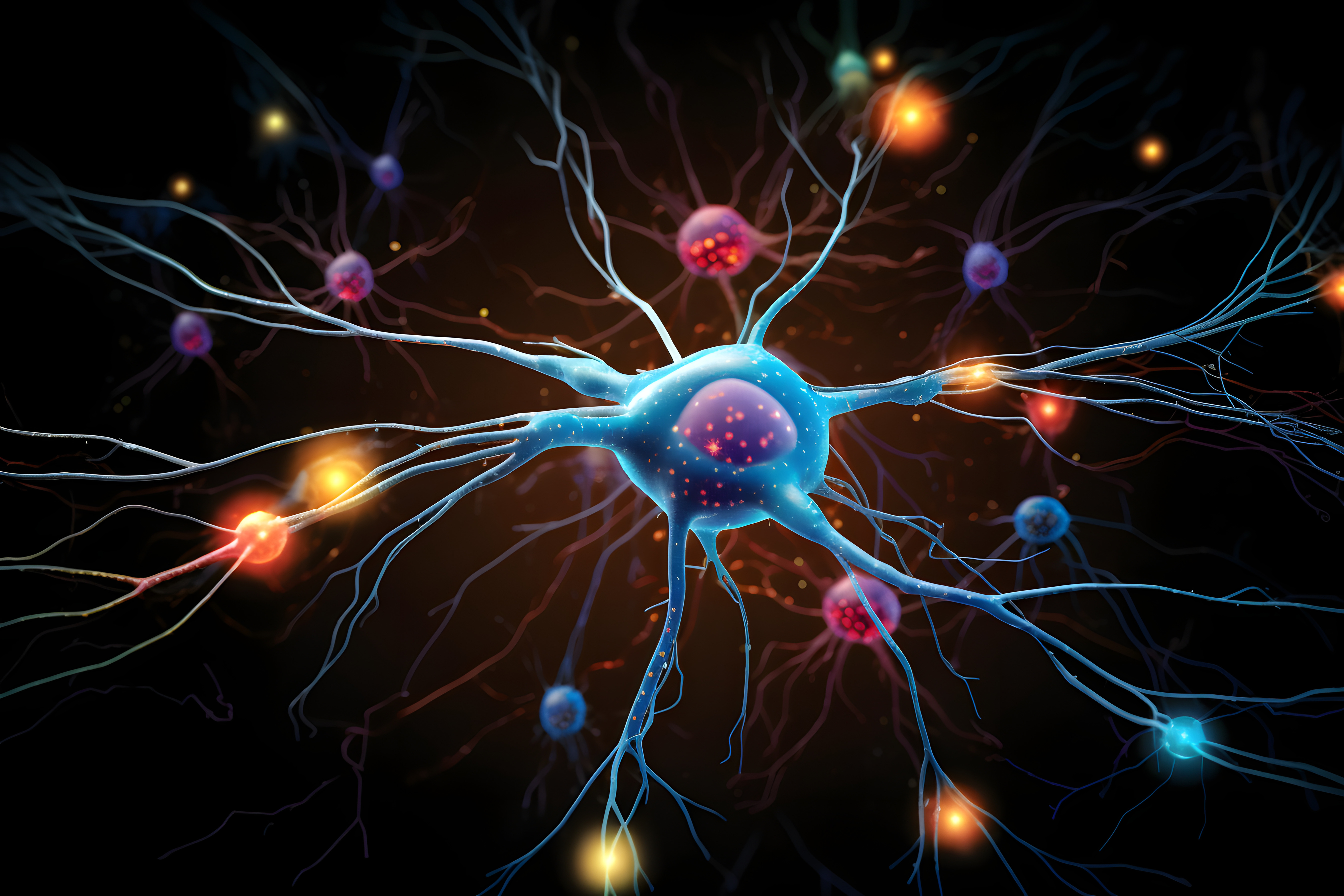By Natalie Hartley
On the 2nd of October, a team of ground-breaking scientists announced that they had a complete connectome of a female fly’s brain, which included over 8000 cell types.
A connectome is defined as a map of all the neural connections in a brain. Neurons make up the nervous system, which transmits signals around the body. Through the latest use of AI in neurology, the FlyWire connectome has been formed, which is believed to greatly develop our understanding of the human brain, as well as the brains of many other species. The FlyWire connectome is the most detailed analysis of an adult animal’s brain ever produced.
140,000 neurons were identified, as well as over 50 million synapses. One of the leading researchers suggested to the BBC that it would allow neuroscientists to understand the ‘mechanisms of thought.’
The Princeton team created this program through high-resolution data from electron microscopes, which currently are the only tool available to fully understand the neural connectivity between synapses. Another large part of the research was the statistical analysis of the fly’s connectome structure. The data had to be segmented, helped by AI automation, so that connections could be assigned between neurons and datasets could be formed.
According to Dr Philipp Schlegel, of the Research Council’s Laboratory of Molecular Biology, describing the neurons was like putting the ‘names for streets and towns … to the map. You need both [the descriptions and the map] for it to be really useful.’
The connectome was made by photographing thousands of slices of microscopically-sliced pieces of a fly’s brain and putting them together digitally. At this point, AI was used to quicken the process by extracting the shapes of all the neurons. The AI, since it is not foolproof, had to be checked by the team of scientists, who uncovered around 3 million errors in its actions.
A question that has formed through the Princeton team’s research is ‘Why are flies so difficult to swat?’ Through use of this AI program, it has been revealed that the fly’s vision circuits are able to detect oncoming movement and pass a signal directly to the fly’s legs, but specifically to the legs facing away from the object moving towards them. This reflex, faster than the speed of a thought, means they move away without having to think.
The mapping of a fly’s brain shows that the neuroscience field can develop further with assistance from AI to perform menial tasks, such as connecting millions of neurons in a program. The researchers believe that perhaps in 30 years it may be possible to have a human connectome, which would be one of the greatest advancements in neuroscience.
